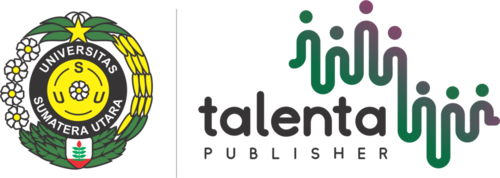Kesalahan Morfologis Mahasiswa BIPA FIB di Universitas Brawijaya
DOI:
https://doi.org/10.32734/lingtersa.v6i1.19568Keywords:
BIPA, Morphological Problems, Affixation, Reduplication, Compound WordsAbstract
The increasing extent of globalization has made foreign speakers interested in learning Indonesian. So, in this case the government is trying to meet these demands by opening the BIPA program. However, in BIPA learning there are still many obstacles. One of the problems with BIPA is pronunciation errors and the lack of fluency of foreign speakers in speaking Indonesian. This research aims to find and analyze morphological errors in affixation, reduplication and compound words by BIPA FCS UB students. Qualitative descriptive is used as the research method. The research data consists of morphological errors in affixation, reduplication and compound words of BIPA FCS UB students. Data sources were taken from interviews and test results by three BIPA FCS UB students from Egypt, South Korea and Pakistan. Data was collected using listening and note-taking techniques. After that, data analysis was carried out from the stages of identifying data, analyzing and drawing conclusions. The results of this research found morphological errors in affixation, reduplication and compound words by BIPA FCS UB students. Affixation errors lie in the morphophonemic processes, namely assimilation, adaptation and dissimilation. In the word reduplication, errors were found in complete and partial reduplication. In compound words, errors were found in idioms and compound words. This morphological problem occurs because of the differences in the typology of the BIPA student's country of origin and Indonesian in terms of affixation, reduplication and compound word formation. Therefore, it is necessary to deepen learning materials with appropriate learning media that are suitable for BIPA students.
Downloads
Downloads
Published
How to Cite
Issue
Section
License
Copyright (c) 2025 Linguistik Terjemahan Sastra (LINGTERSA)

This work is licensed under a Creative Commons Attribution-ShareAlike 4.0 International License.









